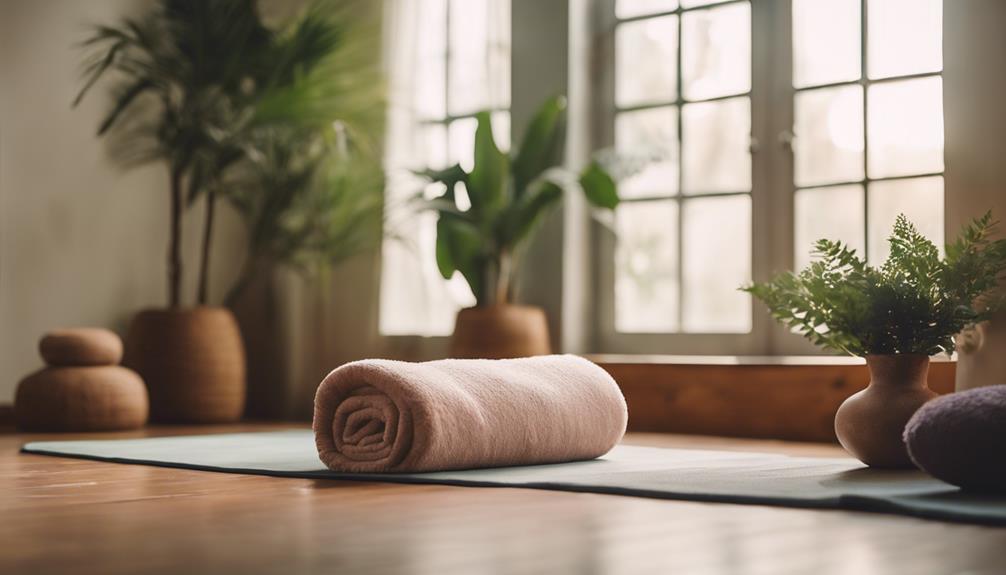What Yoga Poses Are Good For Sciatica

Sciatica is a common condition that causes pain along the sciatic nerve, which extends from the lower back down through the legs. This discomfort can stem from various issues, including herniated discs, spinal stenosis, or muscle tightness. Many individuals seek relief through different methods, including physical therapy, medication, and alternative therapies like yoga. In this blog post, we will explore what yoga poses are good for sciatica, helping you alleviate pain and improve mobility.
Understanding Sciatica and Its Symptoms
Before diving into the yoga poses that can alleviate sciatica, it’s essential to understand the condition itself. Sciatica is not a diagnosis but a symptom of an underlying issue affecting the sciatic nerve. Common symptoms include sharp pain, tingling, or numbness in the leg, often exacerbated by prolonged sitting or standing. The discomfort can range from mild to debilitating, making daily activities challenging. Knowing these symptoms can help you determine if yoga is a suitable option for your sciatica relief.
The Benefits of Yoga for Sciatica Relief
Yoga is a holistic practice that combines physical postures, breathing exercises, and meditation, making it a powerful tool for managing sciatica. Engaging in specific yoga poses can help stretch and strengthen the muscles around the sciatic nerve, reducing tension and improving flexibility. Additionally, practicing yoga promotes relaxation and stress relief, which can further alleviate pain. Many individuals find that regular yoga practice enhances overall well-being and helps them cope with chronic pain more effectively.
Gentle Yoga Poses to Alleviate Sciatica Symptoms
When considering what yoga poses are good for sciatica, it’s crucial to start with gentle movements. Here are some effective poses that can help relieve pressure on the sciatic nerve:
1. Child’s Pose (Balasana): This restorative pose stretches the lower back and hips, providing immediate relief. Kneel on the floor, sit back on your heels, and reach your arms forward while lowering your torso to the ground.
2. Reclined Pigeon Pose (Supta Kapotasana): This pose helps stretch the piriformis muscle, which can be a significant contributor to sciatic pain. Lying on your back, cross one ankle over the opposite knee and gently pull the uncrossed leg toward your chest.
3. Cat-Cow Stretch (Marjaryasana-Bitilasana): This dynamic movement increases flexibility in the spine and helps release tension in the lower back. Begin on your hands and knees, alternating between arching your back (Cat) and lowering your belly (Cow).
4. Downward-Facing Dog (Adho Mukha Svanasana): This pose stretches the entire back and hamstrings, relieving tension throughout the body. From a standing position, bend forward and place your hands on the floor, stepping back into a plank position and then raising your hips.
Strengthening Poses to Support Sciatica Recovery
In addition to stretching, strengthening the muscles that support the lower back is vital for sciatica recovery. Here are some poses focused on building strength:
1. Bridge Pose (Setu Bandhasana): This pose strengthens the glutes and lower back, supporting spinal alignment. Lie on your back with your knees bent, feet flat on the floor. Lift your hips towards the ceiling, squeezing your glutes.
2. Warrior II (Virabhadrasana II): This pose builds strength in the legs and opens the hips, promoting stability. Stand tall, step one foot back, and bend your front knee at a right angle, extending your arms parallel to the floor.
3. Chair Pose (Utkatasana): This strengthening pose targets the thighs and lower back. From a standing position, bend your knees and lower your hips as if sitting in a chair, raising your arms overhead.
Breathing Techniques to Enhance Yoga Practice
Incorporating breathing techniques into your yoga practice can significantly enhance the benefits for sciatica. Deep, controlled breathing helps relax the body and mind, reducing tension and stress levels. Techniques such as diaphragmatic breathing or the 4-7-8 method can promote relaxation and aid in pain management. Focus on your breath as you move through each pose, allowing it to guide your movements and deepen your stretches.
When to Consult a Professional for Sciatica
While yoga can be beneficial for managing sciatica, it’s essential to know when to seek professional help. If your symptoms persist or worsen despite practicing yoga, it may be time to consult a healthcare provider or a physical therapist. They can provide a comprehensive diagnosis and recommend tailored treatments to address the underlying cause of your sciatica. Additionally, individuals with certain medical conditions or injuries should consult a professional before starting a yoga practice.
Tips for Practicing Yoga Safely with Sciatica
To maximize the benefits of yoga while minimizing the risk of injury, consider the following tips:
1. Listen to Your Body: Pay attention to how your body feels during each pose. If you experience pain or discomfort, ease out of the pose or modify it to suit your needs.
2. Use Props: Utilize blocks, straps, or cushions to support your practice and maintain proper alignment. Props can help you achieve the correct position without straining.
3. Start Slowly: If you’re new to yoga, begin with gentle poses and gradually increase the intensity as your body adapts. Avoid pushing yourself into challenging poses too quickly.
4. Maintain Consistency: Practice yoga regularly to experience the long-term benefits for sciatica. Aim for a few sessions each week, even if they are short.
Conclusion: Embrace Yoga for Sciatica Relief
In conclusion, incorporating yoga into your routine can provide significant relief for sciatica symptoms. The combination of stretching, strengthening, and breathing techniques helps alleviate pain, improve mobility, and promote overall well-being. While it’s essential to be mindful and listen to your body, the right yoga poses can transform how you manage sciatica. Always consult a healthcare professional before starting a new exercise regimen, and consider joining a yoga class or working with a certified instructor to ensure you practice safely and effectively. Embrace the journey to a pain-free life through the healing power of yoga!How Yoga Works PdfWhy Was Yoga InventedWhat Is Yoga Strap Used For